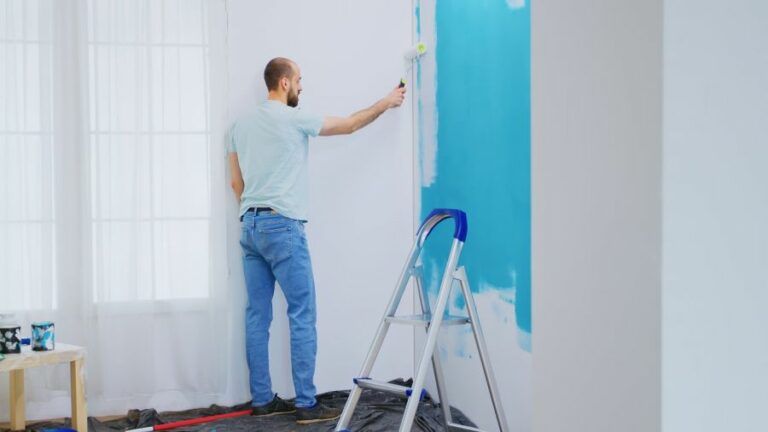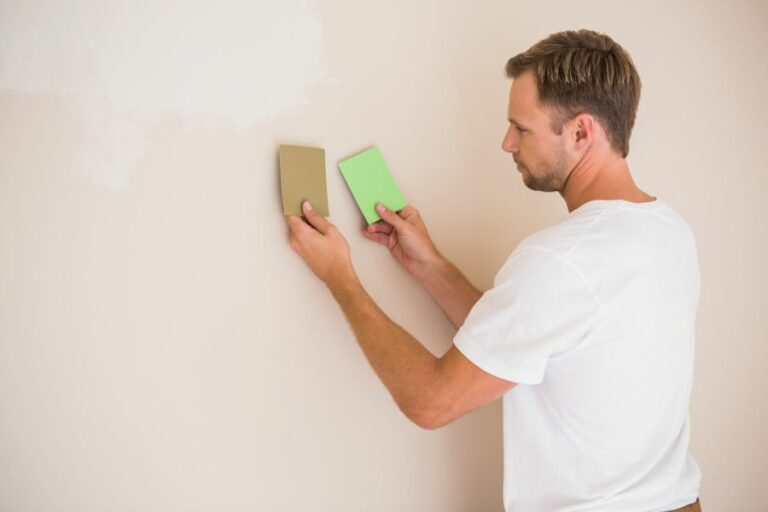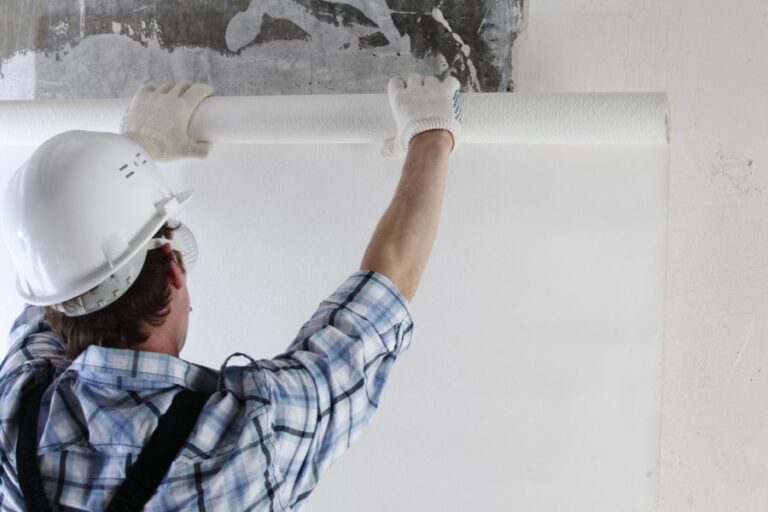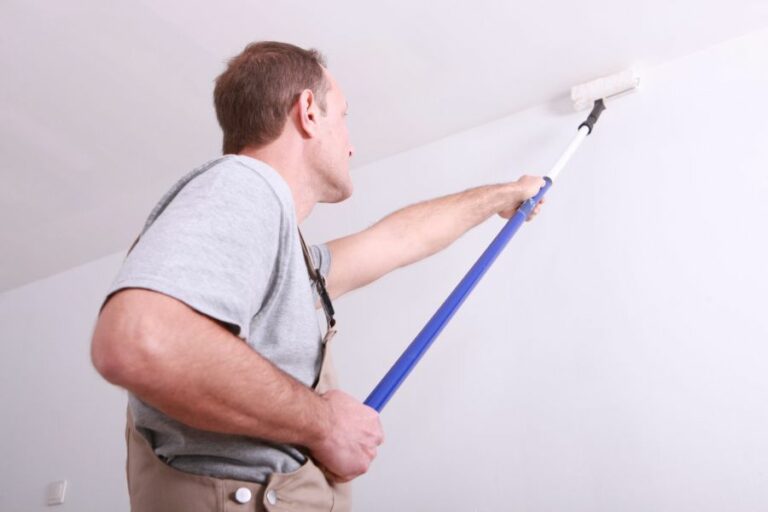Using Masking And Protection Methods To Prevent Damage To Adjacent Areas
Are you tired of dealing with unintentional damage during your projects? Protecting adjacent areas is crucial for a seamless and successful outcome, whether it’s paint spills, debris, or scratches. Fear not; we have the perfect solution to mitigate these common issues.
Using masking and protection methods to prevent damage to adjacent areas:
Masking and protection techniques are essential for preventing damage to adjacent areas during projects involving painting, sanding, or other activities generating debris. Common materials include painter’s tape, masking film, and drop cloths. Effective strategies involve planning, removing or covering valuables, sealing gaps, layering protection, and monitoring. Proper clean-up and material removal ensure a damage-free workspace and a professional result.

Discover effective methods to safeguard areas surrounding your project from potential harm. Learn best practices for masking and protection techniques that ensure a secure and successful workflow. Read on for insights that will minimize risks and elevate the quality of your work.
Contents
- 1 Preventing Damage with Masking and Protection Techniques
Preventing Damage with Masking and Protection Techniques
• Introduction
When working on a project, whether it be painting, sanding, or any other type of work where materials can spread and cause damage, it is essential to protect adjacent areas.
• The Importance of Proper Masking and Protection
To ensure a clean and professional-looking result, it is vital to prevent materials like paint, dust, and debris from reaching adjacent surfaces and causing damage. This not only preserves the overall aesthetics of the project but also prevents costly repairs or additional work in the future.
Proper masking and protection techniques can save time and resources while ensuring the safety of the surrounding environment.
• Different Types of Masking and Protection Materials
There are various materials available to aid in masking and protection efforts. Some of the most common include:
– Painter’s Tape
Painter’s tape is a specialized type of masking tape designed to adhere to surfaces without causing damage upon removal. It is often used to create sharp, clean lines when painting and to protect delicate surfaces such as trim or glass.
When using painter’s tape, it is crucial to press firmly along the edge to minimize paint seeping underneath.
– Masking Film
The masking film, also known as masking paper or plastic sheeting, is used to cover large areas to protect them from paint or debris. This material is typically lightweight, making it easy to maneuver and position correctly.
Ensure that the masking film is adequately secured with tape or weights to prevent it from shifting and exposing the protected surface.
– Drop Cloths
Drop cloths are large sheets of fabric or plastic that are used to cover floors, furniture, and other belongings to protect them from paint or dust. These materials can be easily folded and stored when not in use, making them a versatile option for various projects.
• Effective Masking and Protection Techniques
When implementing masking and protection methods, consider the following recommendations from our experience:
– Plan Ahead
Before beginning the work, take the time to assess the project and determine which areas are most susceptible to damage. This will allow you to create an effective masking and protection strategy tailored to your specific needs.
– Remove or Cover Valuables
Whenever possible, remove valuables and sensitive items from the work area. If this is not feasible, cover them with drop cloths or other protective materials to minimize the risk of damage.
– Seal Gaps
When using masking materials, make sure to seal any gaps or openings that could allow paint or debris to seep through. This includes the edges of masking tape and the seams between sheets of masking film.
– Layer Protection
For areas with a higher risk of damage, consider layering protective materials such as masking film and drop cloths to provide additional protection. This can help prevent accidents and ensure a higher level of safety for your project.
– Monitor and Update the Protection
Throughout the duration of the project, it is essential to monitor your masking and protection efforts. This includes checking for any shifts in materials, potential gaps, or other vulnerabilities.
By staying vigilant and updating your protection as needed, you can greatly reduce the risk of damage to adjacent areas.
• Best Practices for Clean-Up and Material Removal
When your project is complete, it is crucial to remove the masking and protection materials carefully to prevent any further damage. Some tips for clean-up and material removal include:
- Begin by carefully removing the painter’s tape, masking film, and other materials. Try to avoid any sudden movements that could cause paint or debris to dislodge and damage the protected surface.
- Fold drop cloths inwards to contain any dust, paint, or debris, and dispose of them properly.
- Clean any residual materials, such as adhesive from tape or dust, from the protected surfaces.
- Inspect the project for any areas that may require touch-ups or additional attention.
By following these guidelines, you can ensure a clean and damage-free workspace while also protecting your adjacent surfaces and areas.
• Conclusion
Utilizing proper masking and protection techniques is essential for any project that poses a risk of damage to adjacent areas.
By choosing the right materials, implementing effective strategies, and maintaining vigilance throughout the process, you can prevent costly repairs and maintain a clean and professional result.
Remember to factor in proper masking and protection into your project plans moving forward.
Method | Description | Application |
|---|---|---|
Masking tape | Adhesive tape designed to protect surfaces from paint, adhesive, and other potentially damaging materials | Used to cover adjacent areas when painting, applying adhesive, or applying finishes |
Drop cloths | A large sheet of fabric or plastic that is used to cover and protect floors, furniture, and other surfaces from damage | Used to cover large areas when painting, sanding, or performing other messy tasks |
Plastic sheeting | A thin, flexible sheet of plastic that can be used to protect surfaces from dust, liquids, and other potential damage | Used to cover windows, doors, and other surfaces when working with dusty or wet materials |
Corner guards | A protective device made of foam or rubber that is placed on the edges and corners of walls and other surfaces to prevent damage from impacts | Used to protect walls and other surfaces from damage during construction, moving, and other activities that may involve heavy or bulky objects |
Surface protectors | A variety of products designed to protect surfaces from scratches, dents, and other damage. Examples include felt pads, rubber mats, and foam sheets | Used to protect floors, countertops, and other surfaces when working with tools, equipment, and heavy objects |







